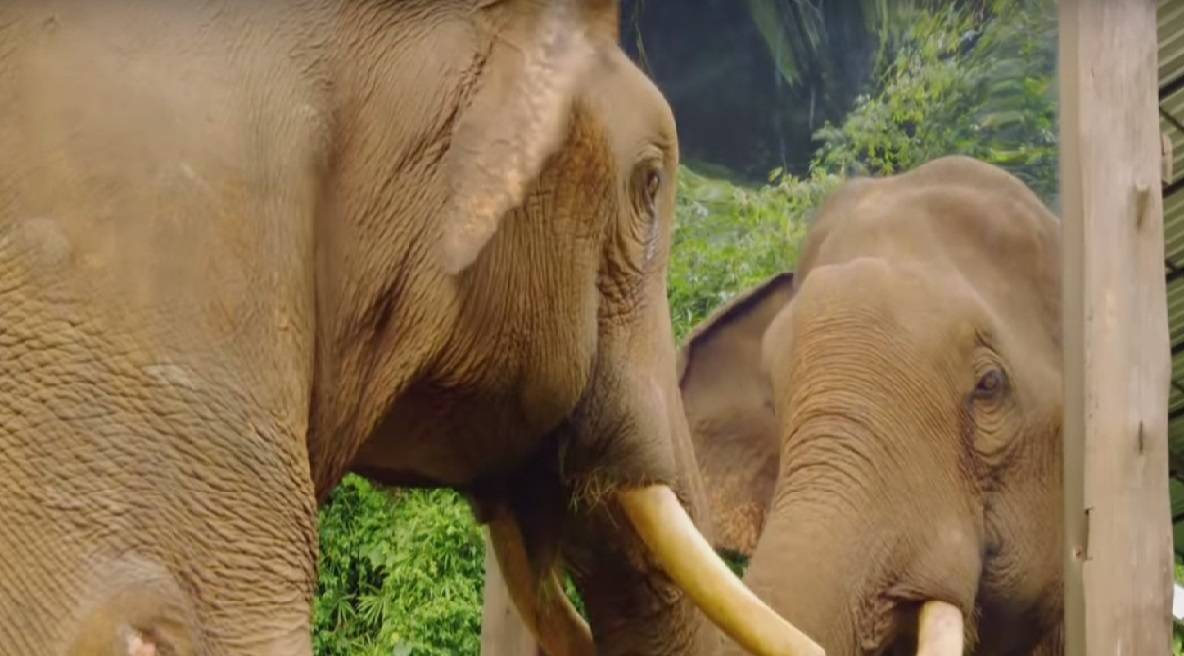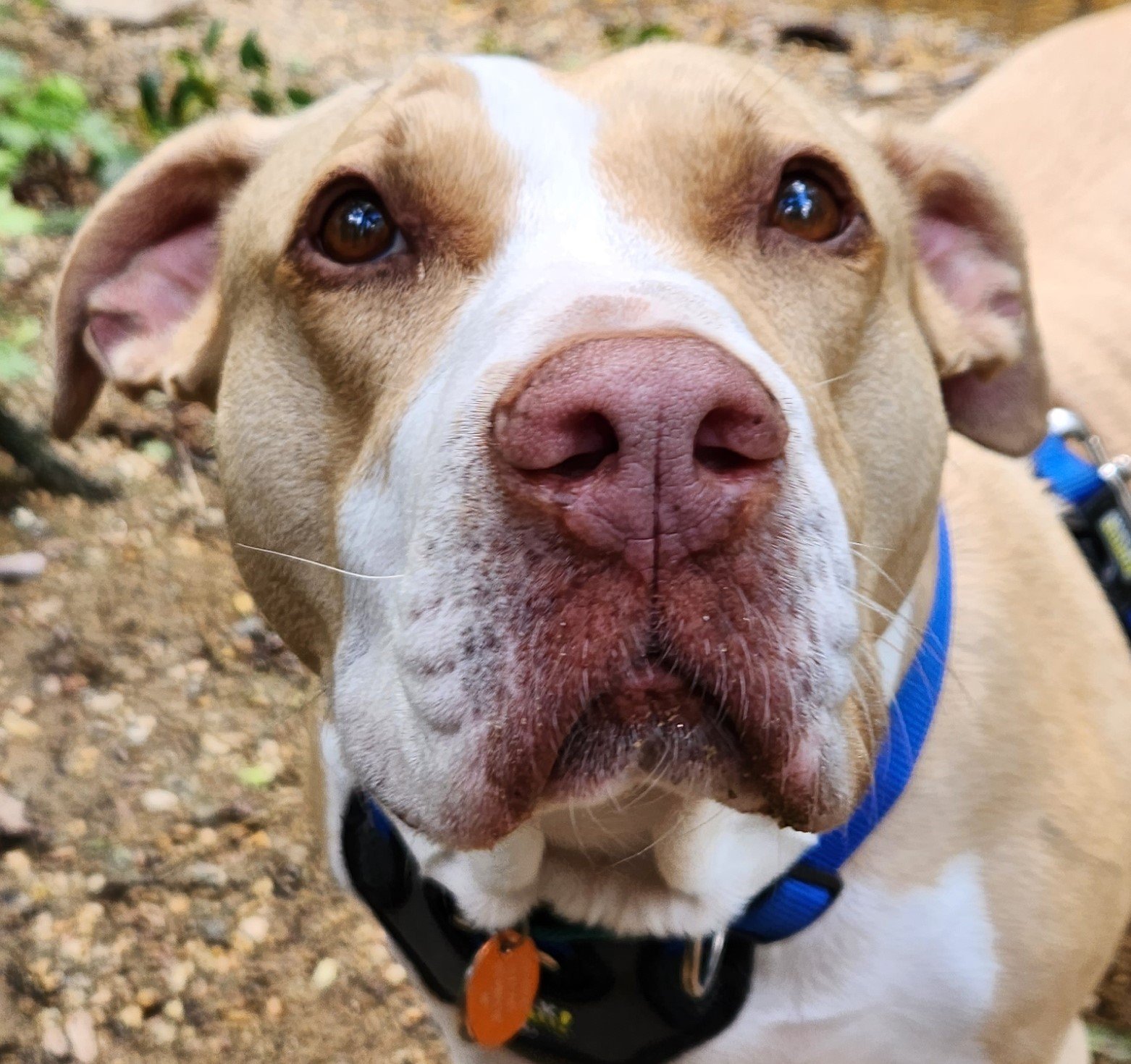I was NOT expecting ants to be on that list.
I was however almost certain that crows or some other corvid would be.
I was also surprised to not see any feline animals listed as I’ve personally seen footage of big cats realizing they’re looking at a reflection.
I wonder how exactly they conducted these studies as they said the results of certain tests could’ve been altered by human presence.
Why would a human need to be physical present to conduct a test? Wouldn’t simply placing a mirror nearby and setting up a camera completely negate that factor?
Either way an interesting read. I love reading studies on animal intelligence, especially studies that show animals are more self aware than most humans give them credit for.
I suspect it isn’t that the test can’t be done in the wild, simply that it hasn’t been. There’s some logistical issues to marking, releasing, and observing animals in the wild without being noticed that I expect makes working with captive animals an easier first step.
That’s fair, I’m sure there are several factors not mentioned in the article. I suppose I was thinking too plainly. My mind immediately went to things like trail cameras or drones to capture footage with no human interference. But like you said there’s logistical issues to deal with.
All those types of questions should be answered in the research paper. Assuming there is one, and you can access it.
For a lot of articles your local library can sometimes help and barring that reach out to the authors. They can share their own work with whomever they please and are often happy to do so.
This article is from 2015 – more animals have made the list since, including mice and fish in 2023.
It’s worth noting there are major flaws with that test, including that it’s known not to work on animals for whom sight isn’t their primary sense, and the animal’s socialisation or lack thereof may play a part. In the case of mice, it only worked in certain circumstances:
However, the mice only showed this self-recognition-like behavior if they were already accustomed to mirrors, if they had socialized with other mice who looked like them, and if the ink spot was relatively large.
The study on mice included more than simple observation, too, which is very interesting:
The team identified a subset of neurons in the hippocampus that are involved in developing and storing this visual self-image, providing a first glimpse of the neural mechanisms behind self-recognition, something that was previously a black box in neurobehavioral research.
Using gene expression mapping, the researchers identified a subset of neurons in the ventral hippocampus that were activated when the mice “recognized” themselves in the mirror. When the researchers selectively rendered these neurons non-functional, the mice no longer displayed the mirror-and-ink-induced grooming behavior. A subset of these self-responding neurons also became activated when the mice observed other mice of the same strain (and therefore similar physical appearance and fur color), but not when they observed a different strain of mouse that had white fur.
Dogs don’t pass the traditional mirror test, but they do pass a scent-based equivalent.
It’s an interesting test, but an animal failing it may be down to inherent flaws in the test rather than a lack of self-awareness or cognition.
e: missed a few words





